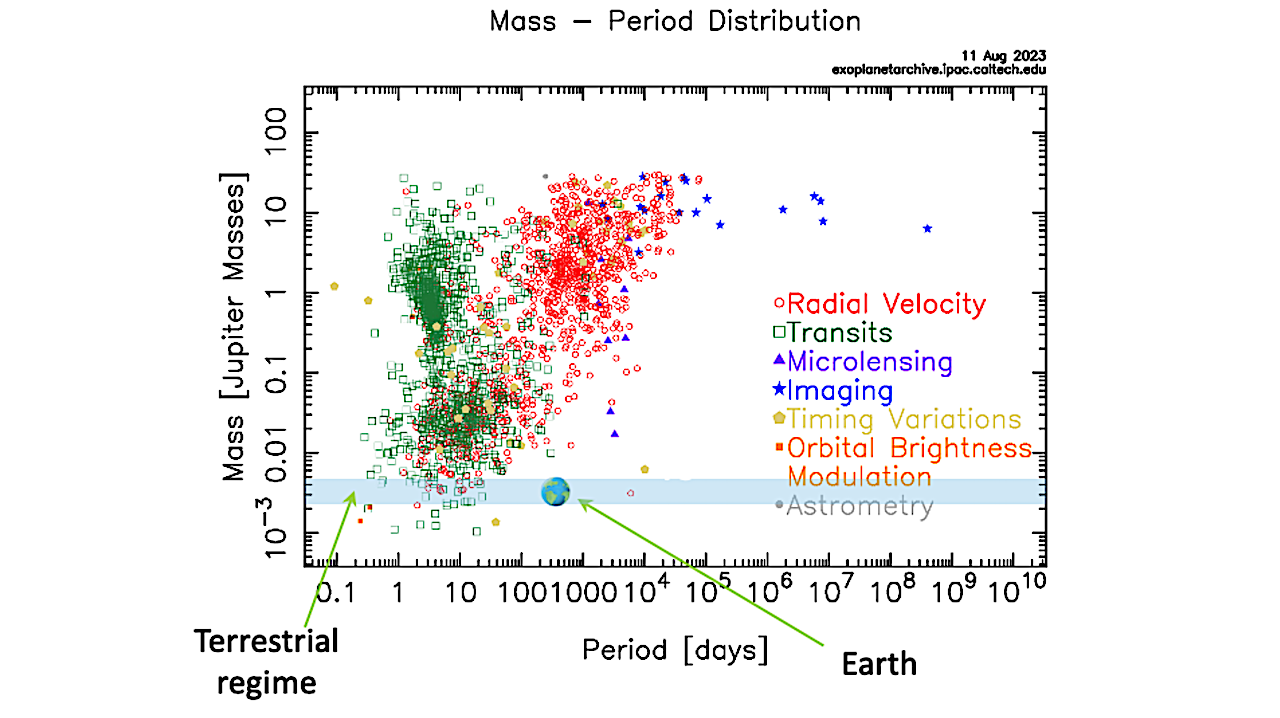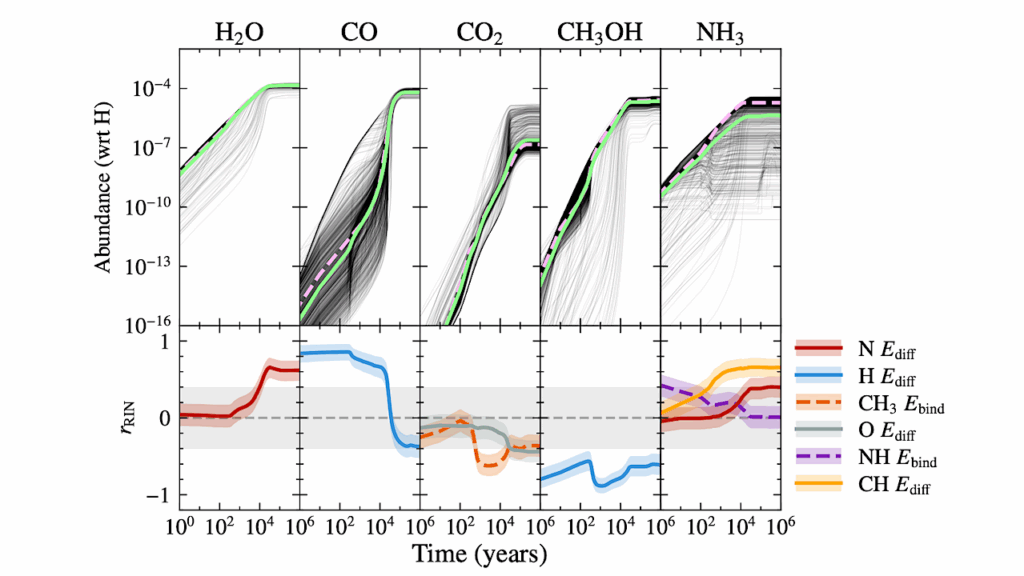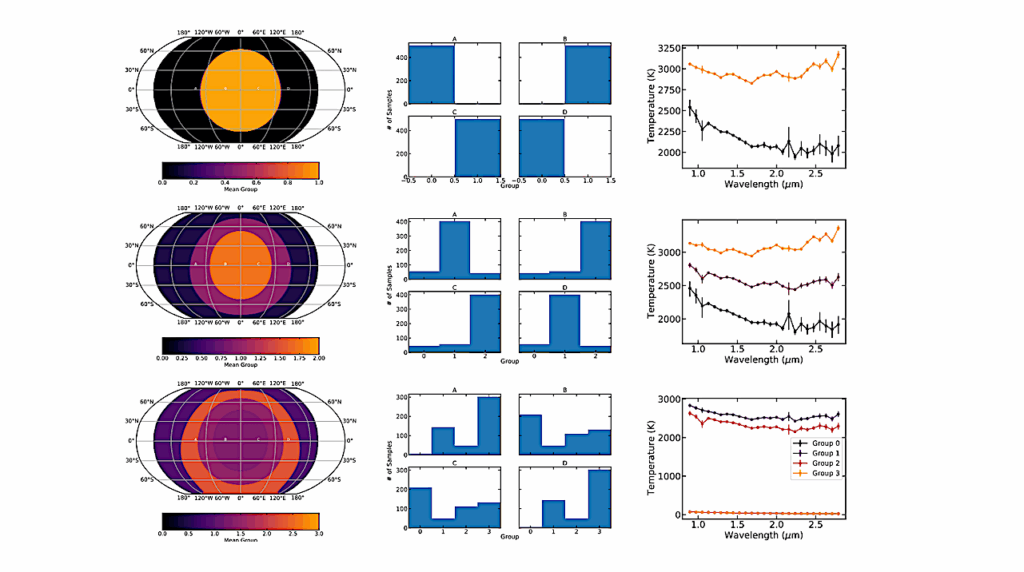The Path To Detecting Extraterrestrial Life With Astrophotonics

Astrophysical research into exoplanets has delivered thousands of confirmed planets orbiting distant stars. These planets span a wide ranges of size and composition, with diversity also being the hallmark of system configurations, the great majority of which do not resemble our own solar system.
Astrophysical research into exoplanets has delivered thousands of confirmed planets orbiting distant stars. These planets span a wide ranges of size and composition, with diversity also being the hallmark of system configurations, the great majority of which do not resemble our own solar system.
Unfortunately, only a handful of the known planets have been characterized spectroscopically thus far, leaving a gaping void in our understanding of planetary formation processes and planetary types. To make progress, astronomers studying exoplanets will need new and innovative technical solutions.
Astrophotonics — an emerging field focused on the application of photonic technologies to observational astronomy — provides one promising avenue forward.
In this paper we discuss various astrophotonic technologies that could aid in the detection and subsequent characterization of planets and in particular themes leading towards the detection of extraterrestrial life.

Two potential photonic-based planet detection and characterization instrument architectures for the HWO. Light is captured by the telescope, and then bounces off the 2 deformable mirrors used for wavefront control before passing through a coronagraph (shown as a focal plane mask) before being filtered at the downstream Lyot stop. (Top) The light is injected into a photonic lantern and routed to a downstream beam combiner before being dispersed in AWGs and sent to a detector. (Bottom) Light is captured at the pupil plane immediately following the Lyot stop by a 3D pupil remapper and beam combiner chip. The outputs are dispersed and sent to a detector. — astro-ph.IM
Nemanja Jovanovic, Yinzi Xin, Michael P. Fitzgerald, Olivier Guyon, Peter Tuthill, Barnaby Norris, Pradip Gatkine, Greg Sercel, Svarun Soda, Yoo Jung Kim, Jonathan Lin, Sergio Leon-Saval, Rodrigo Amezcua-Correa, Stephanos Yerolatsitis, Julien Lozi, Sebastien Vievard, Chris Betters, Steph Sallum, Daniel Levinstein, Dimitri Mawet, Jeffrey Jewell, J. Kent Wallace, Nick Cvetojevic
Comments: 9 pages, 2 figures, SPIE Optics and Photonics conference
Subjects: Instrumentation and Methods for Astrophysics (astro-ph.IM); Earth and Planetary Astrophysics (astro-ph.EP); Instrumentation and Detectors (physics.ins-det)
Report number: 12680-17
Cite as: arXiv:2309.08732 [astro-ph.IM] (or arXiv:2309.08732v1 [astro-ph.IM] for this version)
https://doi.org/10.48550/arXiv.2309.08732
Focus to learn more
Submission history
From: Nemanja Jovanovic
[v1] Fri, 15 Sep 2023 19:46:02 UTC (436 KB)
https://arxiv.org/abs/2309.08732
Astrobiology








